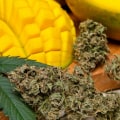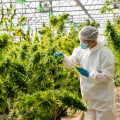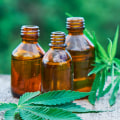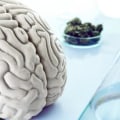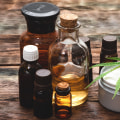CBD has the potential to cause harm, and this harm can occur before you even realize it. Taking CBD can interfere with the way other medications you are taking work, potentially leading to serious side effects. These side effects may include nausea, fatigue, and irritability. CBD can also increase the levels of anticoagulants and other medications in the blood by competing for the liver enzymes that break down these medications.
This is similar to how grapefruit affects certain medications. Unlike other substances, the toxic dose of CBD (20,000 mg) is not considered lethal. Although a study published in Current Drug Safety found that lethal doses were achieved in monkeys, it would not be ethical to conduct such a study on humans. Some CBD manufacturers have come under government scrutiny for making far-fetched and indefensible claims, such as that CBD can cure cancer or COVID-19, which is not true. The most common form of CBD is oil, but it is also available as an extract, vaporized liquid, and oil-based capsule. The FDA is currently conducting an extensive long-term study of black market CBD products to better understand their characteristics and make informed decisions about how to protect public health.
More research is needed to evaluate the effects of CBD after prolonged exposure on genotoxicity and cytotoxicity, hormones, and the immune system. Doctors should be aware of the potential side effects of CBD and possible drug interactions before recommending any CBD products that are not indicated on the label. A recent FDA report states that taking CBD can cause drowsiness and sedation, making it dangerous to drive a motor vehicle or operate machinery after consuming CBD products. Oral THC, THC and CBD produced almost total immobility in a study, while oral CBD caused mild hyperlocomotion. A recent study of 84 CBD products purchased online showed that more than a quarter of them contained less CBD than what was indicated on the label.
Currently, the only FDA-approved CBD product is a prescription oil called Epidiolex. Thinh Vo, director of quality and compliance at Koi CBD, a supplier of lab-certified CBD products, reminds users that mice and humans are very different. Examples of false claims about CBD can be found in FDA and Federal Trade Commission (FTC) warning letters sent to various CBD companies. This means that if a product contains more THC than advertised (in most states, CBD must contain some THC), it could lead to adverse effects. CBD treatment has been found to increase serum anandamide concentrations, possibly due to its inhibition of fatty acid amide hydrolase (FAAH). Despite all these positive developments, unapproved CBD products are still being sold in the U.
S., often without rigorous standardization of potency or other components and with unsubstantiated claims about their health benefits. To reach a toxic dose of CBD, someone would have to consume between 13 and 200 bottles of tincture at once depending on the concentration of CBD in each bottle. In conclusion, factors that may contribute to adverse effects from taking CBD include potency, route of administration (vaporized, transdermal, oral), concurrent use of licit and illicit drugs, and drug interactions.
